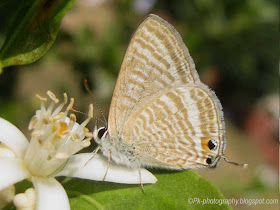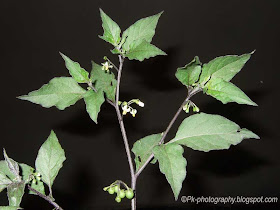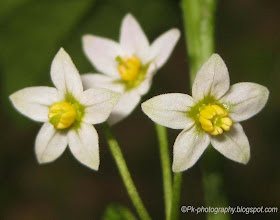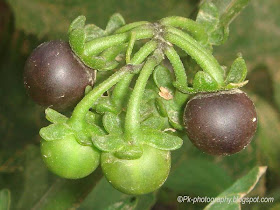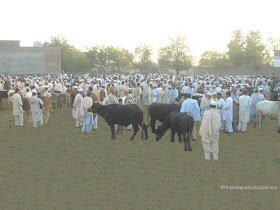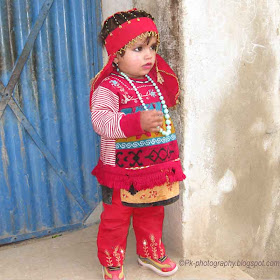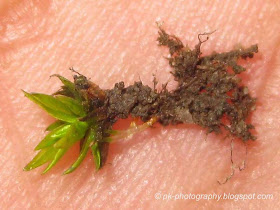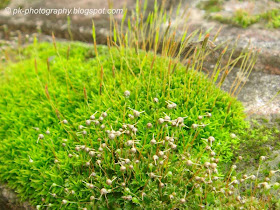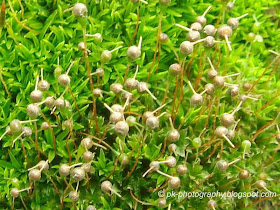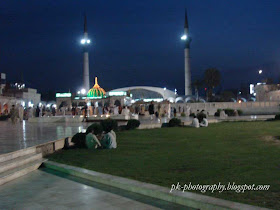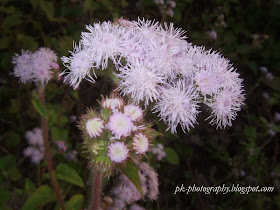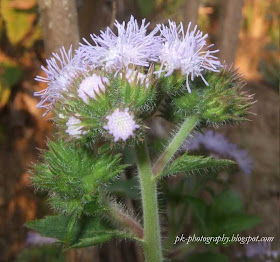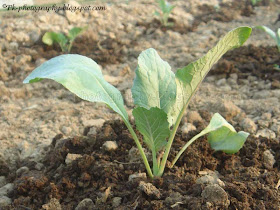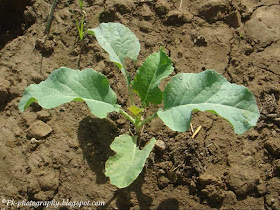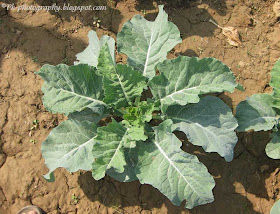The Striped Pierrot (Tarucus nara) is a small butterfly (wingspan: 24 - 28 mm) found in South Asia that belongs to the Lycaenids or Blues family.
The caterpillars of this species feed on Zizyphus sp. and are attended by ants. The caterpillars occur in two colors i.e pale green and dark green. The caterpillar reach a maximum length of about 14 mm. The larva stage last for about 12 days.
On maturity the caterpillar stops eating and attache itself to a leaf head down, supported by a silken grid at the center. The pupa has a length of about 8-9mm. Like caterpillars the pupa also occur in two colors i.e pale green and dark green. On the 6th day the pupa turns transparent, revealing the new butterfly inside and after some time the adult butterfly enclosed itself. Before flight, the newly emerged butterfly takes some time to inflating its wings with blood and letting them dry.
Striped Pierrot (Tarucus nara) Butterfly Life Cycle
Eggs are laid singly on the young shoots of the host plants Zizyphus sp. It takes 2-3 days for the egg to hatch. |
| Egg |
 |
| Egg |
The caterpillars of this species feed on Zizyphus sp. and are attended by ants. The caterpillars occur in two colors i.e pale green and dark green. The caterpillar reach a maximum length of about 14 mm. The larva stage last for about 12 days.
 |
| Larva |
 |
| Larva |
On maturity the caterpillar stops eating and attache itself to a leaf head down, supported by a silken grid at the center. The pupa has a length of about 8-9mm. Like caterpillars the pupa also occur in two colors i.e pale green and dark green. On the 6th day the pupa turns transparent, revealing the new butterfly inside and after some time the adult butterfly enclosed itself. Before flight, the newly emerged butterfly takes some time to inflating its wings with blood and letting them dry.
 |
| Pupa |
 |
| Pupa |
 |
| Newly Emerged Butterfly |




